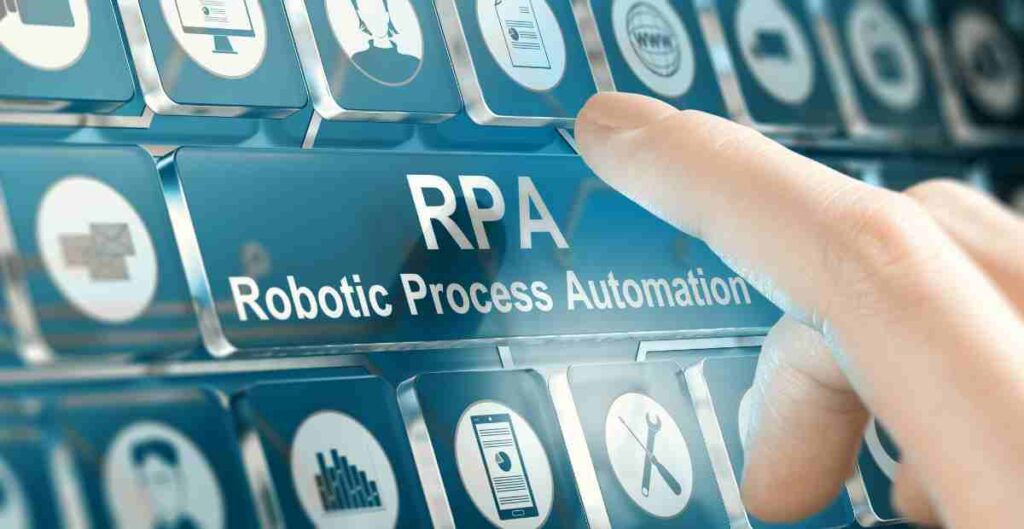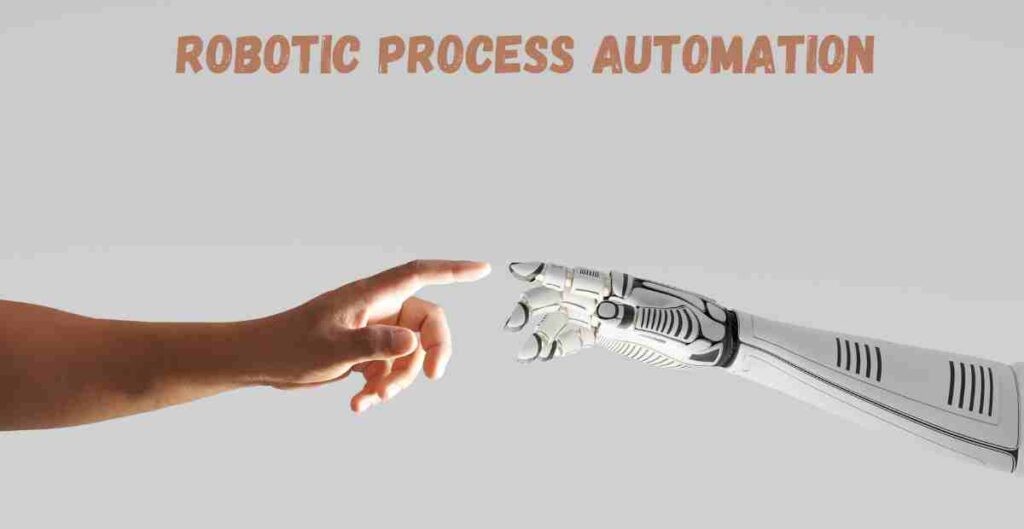As businesses continue to grow and evolve, so do their HR processes. Human resources is an essential part of any organization, and it is responsible for managing several critical tasks such as recruiting, onboarding, and payroll processing. However, these processes can be time-consuming, tedious, and prone to errors. Robotic Process Automation (RPA) is a technology that can help streamline HR processes, increase efficiency, and reduce costs. In this article, I will discuss the benefits of RPA in HR, common HR processes that can be streamlined with RPA, and key considerations when implementing RPA in HR.
Introduction to Robotic Process Automation in HR

RPA is a technology that uses software robots to automate repetitive, manual tasks. RPA bots are programmed to mimic human actions, such as copying and pasting data, filling out forms, and extracting information from documents. This technology can be used to automate several HR processes, including recruitment, onboarding, payroll processing, and benefits administration.
RPA can help HR departments reduce the time and effort required to perform these tasks, allowing them to focus on higher-value activities. By automating these mundane tasks, HR personnel can better engage with employees, improve the candidate experience, and enhance overall productivity.
Benefits of Robotic Process Automation in HR

There are several benefits of using RPA in HR. Firstly, it can improve accuracy and reduce errors. Manual processes are prone to errors, which can lead to compliance issues and financial losses. By automating these tasks, RPA bots can ensure accuracy and reduce the risk of errors.
Secondly, RPA can increase efficiency and productivity. Manual HR processes are time-consuming and can take up a significant amount of HR personnel’s time. By automating these tasks, HR personnel can focus on more strategic activities that require human skills, such as employee engagement and development.
Thirdly, RPA can reduce costs. By automating repetitive tasks, organizations can reduce the need for additional staff and free up HR personnel’s time to focus on higher-value activities. Additionally, RPA can help organizations avoid costly penalties and fines due to compliance issues.
Common HR Processes that can be Streamlined with RPA
Several HR processes can be streamlined with RPA. Here are some common HR processes that can benefit from automation:
Recruitment
RPA can help automate several tasks in the recruitment process, such as resume screening, scheduling interviews, and sending out offer letters. By automating these tasks, HR personnel can reduce the time and effort required to find the right candidate.
Onboarding
Robotic Process Automation in HR can help automate several tasks in the onboarding process, such as filling out forms, collecting documentation, and conducting background checks. By automating these tasks, HR personnel can ensure a smooth onboarding experience for new hires.
Payroll Processing
Robotic Process Automation can help automate several tasks in the payroll process, such as time and attendance tracking, data entry, and processing employee payments. By automating these tasks, HR personnel can ensure accuracy and reduce the risk of errors.
Benefits Administration
Robotic Process Automation in HR can help automate several tasks in the benefits administration process, such as updating employee information, enrolling employees in benefit plans, and processing claims. By automating these tasks, HR personnel can ensure accuracy and reduce the risk of errors.
Implementation of RPA in HR
Implementing Robotic Process Automation in HR requires careful planning and execution. Here are some key steps to consider when implementing RPA in HR:
Identify Processes to Automate
The first step is to identify the HR processes that can benefit from automation. HR personnel should assess their current processes and identify tasks that are repetitive, manual, and prone to errors.
Analyze Existing Systems
HR personnel should analyze their existing systems and identify any gaps that need to be filled. They should also ensure that their existing systems can integrate with the RPA solution they choose.
Choose an RPA Solution
HR personnel should choose an RPA solution that meets their organization’s needs. They should consider factors such as scalability, ease of use, and cost.
Pilot Test the RPA Solution
HR personnel should pilot test the Robotic Process Automation solution before implementing it on a larger scale. This will help them identify any issues and make necessary adjustments.
Train HR Personnel
HR personnel should receive adequate training to ensure they can use the RPA solution effectively. They should also be given the necessary resources to troubleshoot any issues that may arise.
Key Considerations when Implementing RPA in HR

When implementing Robotic Process Automation in HR, there are several key considerations to keep in mind. Here are some of them:
Data Security
HR personnel should ensure that the RPA solution they choose meets their organization’s data security requirements. They should also ensure that the solution complies with any relevant data privacy regulations.
Change Management
HR personnel should be prepared for the changes that Robotic Process Automation implementation will bring. They should ensure that the changes are communicated effectively to all stakeholders, and that they have a plan in place to manage any resistance to change.
Scalability
HR personnel should ensure that the RPA solution they choose can scale to meet their organization’s needs. They should also ensure that the solution can integrate with their existing systems.
Case Studies of Successful RPA Implementations in HR
Several organizations have successfully implemented RPA in their HR processes. Here are some examples:
IBM
IBM used Robotic Process Automation to automate several HR processes, including employee onboarding and offboarding. The organization saw a 70% reduction in processing time and a 50% reduction in errors.
Siemens
Siemens used RPA to automate several HR processes, including data entry and payroll processing. The organization saw a 75% reduction in processing time and a 90% reduction in errors.
Unilever
Unilever used RPA to automate several HR processes, including candidate screening and onboarding. The organization saw a 50% reduction in processing time and a 90% reduction in manual effort.
Future of RPA in HR
The future of RPA in HR looks promising. As technology continues to evolve, RPA will become more intelligent and sophisticated. It will be able to handle more complex tasks, such as natural language processing and sentiment analysis. Additionally, RPA will be able to learn from human behavior and make recommendations based on past actions.
Training and Development for HR Personnel in RPA
HR personnel will need adequate training and development to effectively use RPA. They should be trained on the RPA solution they are using and given the necessary resources to troubleshoot any issues that may arise. Additionally, they should receive training on any new processes that may be introduced as a result of RPA implementation.
Choosing the Right RPA Solution for HR
Choosing the right RPA solution for HR requires careful consideration. HR personnel should consider factors such as scalability, ease of use, and cost. They should also ensure that the solution meets their organization’s data security requirements and complies with any relevant data privacy regulations.
Conclusion
RPA is a technology that can help streamline HR processes, increase efficiency, and reduce costs. By automating repetitive tasks, HR personnel can focus on higher-value activities, such as employee engagement and development. However, implementing RPA in HR requires careful planning and execution. HR personnel should identify the processes to automate, choose the right RPA solution, and ensure that they receive adequate training and development. As RPA continues to evolve, it will become an increasingly valuable tool for HR departments looking to improve their processes and better serve their employees.

